When learning about ancient civilizations, some of the most fascinating topics come from their habits in day-to-day life. While it’s great to read and watch about the greatest battles fought by ancient civilizations, there comes a time when you want to dive deeper into how they used to live. When it comes to the great Mesopotamians, there’s quite a lot we know about their culture, but some are more popular than others.
For example, we do know about the great achievements of the ancient Sumerians, Assyrians, Akkadians, and Babylonians, but what about their physical features? We’ve been able to gather clues through Mesopotamian art that’s survived to the modern day, but not many people really give it the focus and attention it deserves. Here are some of the physical features of the ancient Mesopotamian explained.
The General Features (mostly from the face)
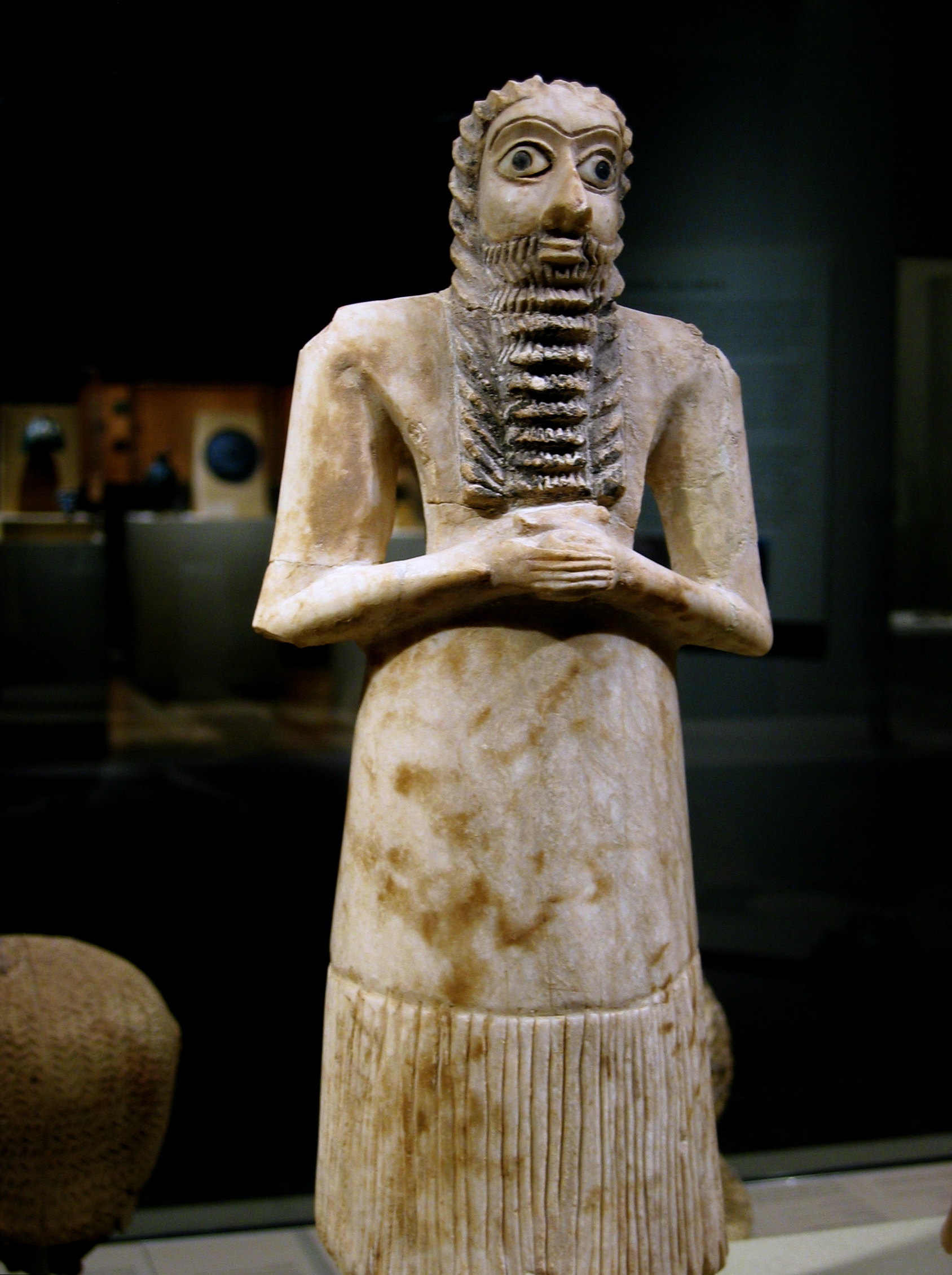
Perhaps the most crucial thing to note about ancient Mesopotamia is that while I might call it Mesopotamia, there are many different races and cultures that lived on the land over the past 7,000 years. That’s seven whole millennia of diversity, which means trying to figure out specific physical features is out of the picture. Instead, we can look into the most dominant traits and go from there, ensuring that we get an idea of what the ancient Mesopotamians looked like.
For example, the Sumerians, much like many of the other races and cultures in Mesopotamia, had dark curly hair. As far as how curly, it depends on the timeframe. We also have to keep in mind that the Arab, Persian, and Turkish domination of the country has had a huge effect on how the people of Mesopotamia looked. It also affects the hair, style of dress, and more.
Facial Hair

While it’s hard to pinpoint the physical features of many of Mesopotamia’s ancient cultures, one of the easiest to describe would be the beards, as just about every Mesopotamian culture held them to high esteem. In many ways, it’s similar to how the Greeks viewed beards, where a long beard usually showcases wisdom in old age. The Mesopotamians enjoyed oiling their beards and making it look as presentable as possible. Some might even use tongs to create elaborate ringlets.
In some Greek cultures, you would punish people by shaving off a portion of their beards. It’s unknown whether the Mesopotamians did such a thing, but it wouldn’t be outside the realm of possibility, especially when you consider how much they treasured their beards. You’ll find notable leaders all sporting a beard of some sort.
Hairstyles

As stated above, one thing we know from most Mesopotamian cultures is that they had dark curly hair. That said, the way ancient Mesopotamians are shown through various works of art from the era shows that the hair isn’t quite as curly as they might be for those of pure African descent. In many ways, the hairstyles are quite similar to modern-day Iraq, which is where Mesopotamia is situated. Similar to the beards, the Mesopotamians seemed to love styling it with braids and ornate jewels.
We can imagine that the average Mesopotamian of the old world likely didn’t care to style their hair, as the differences in social classes meant the lower classes were too busy with labor. This left the higher classes to worry about their looks and style their hair. It’s hard to imagine that high society existed thousands of years ago, but the Mesopotamians are proof of that.
Nose Shape

When it comes to the art of ancient civilizations, they usually created statues of what they felt was the ideal look of their culture. It’s the reason why so many Greek works of art had people with perfect bodies and seemingly perfect faces. In the case of the Mesopotamians, it’s a little different. They weren’t necessarily looking for the perfect face, but they did have an ideal look.
Instead of the usual perfect noses you might find in the art of the Greeks, many depictions of the Mesopotamians have large noses. It’s a much more masculine view on the ideal body, compared to the more feminine ideal of the ancient Greeks. Considering the Mesopotamians were an age of warriors and extravagance, it’s an understandable ideal to uphold.
Height
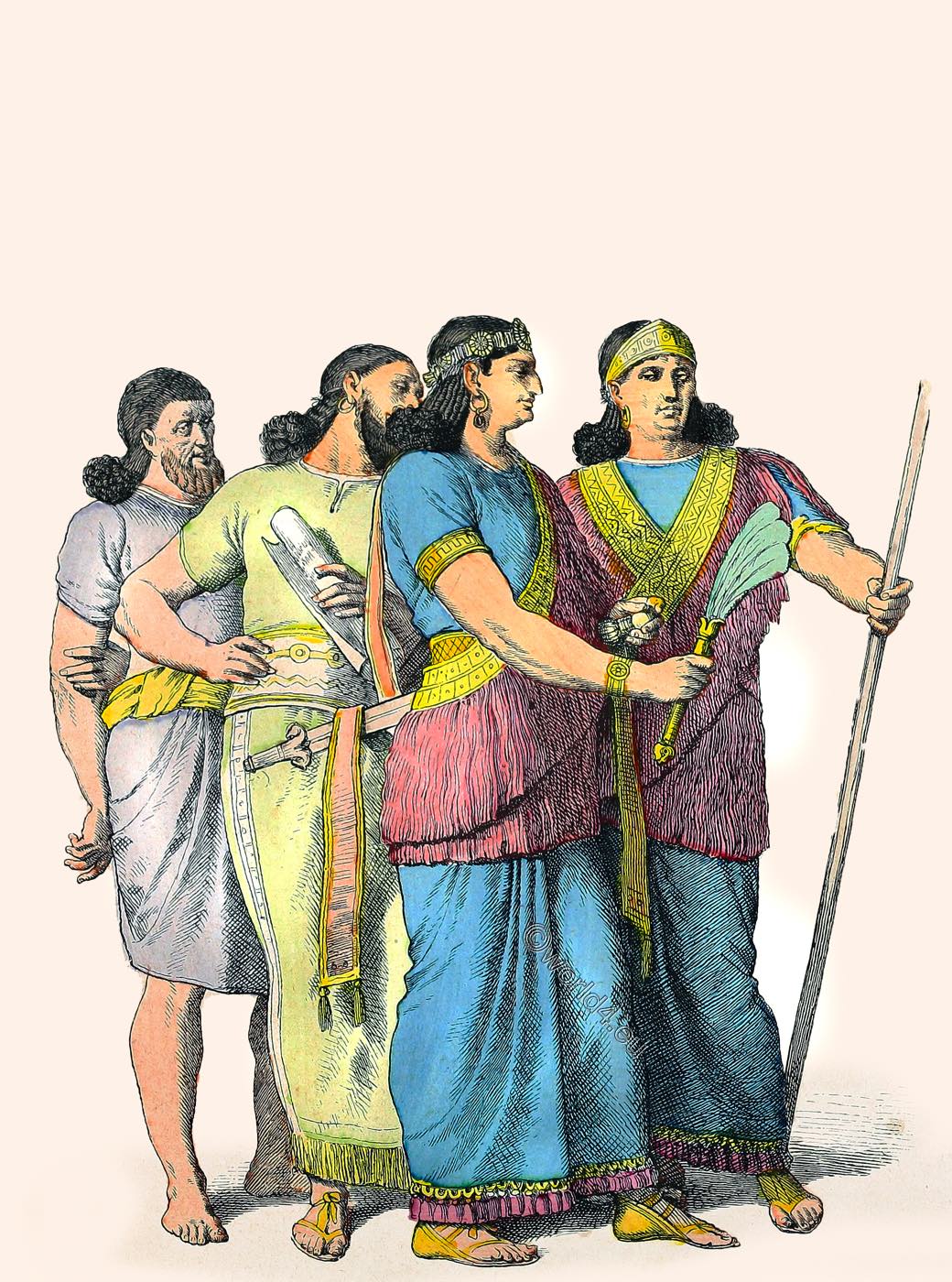
Typically, the average height of ancient civilizations such as Greece and Egypt mirror their modern counterparts in many ways. However, both civilizations are much closer to the modern civilization than the Mesopotamians. Keep in mind that Mesopotamia has existed for more than 7,000 years—and while Egypt does come close, it doesn’t change the fact that the Mesopotamians had a different enough skeletal structure to have differences in height.
For example, it’s stated that the average height for Mesopotamians at the time was around 5.2 ft, or around 1.6 meters. It seems quite small compared to modern standards, but you also have to consider their diets. Some of the royals were likely around 5.5 ft, or 1.7 meters. Such a height was considered to be extremely large at the time.
Weight

Now that we know about the average height in ancient Mesopotamia during its earliest years, it’s easy to figure out the weight. That said, there’s no genuinely accurate number, as you have to consider their diet at the time, as well as their social status. For example, laborers at the lower social classes would not only have a small stature, but would also likely be malnourished. You can compare that to the stature of Mesopotamian royalty, who had a tendency to live longer as they were well taken care of.
Aside from royalty, the warriors were also held in high regard, specifically by the Akkadians. It is perhaps this reason why many of the Akkadian warriors tower over their enemies in most works of art.
The Typical Body
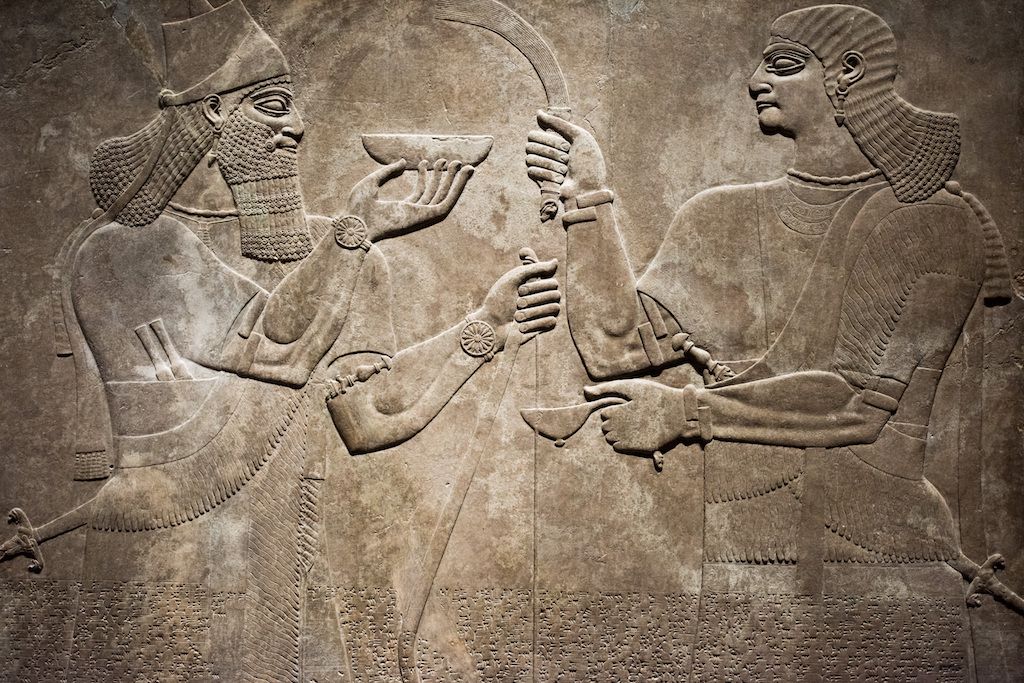
Now that we’ve spoken about the height and weight of the average Mesopotamian compared to the higher social classes, we can also talk about the typical body type. It’s said that the average Mesopotamian diet consisted mostly of a type of gruel/porridge consisting of grains and vegetables, as well as a healthy consumption of beer and bread. However, current studies show that they had a much more diverse diet than initially thought.
The typical body of the average Mesopotamian would then depend on the time frame. During the rule of the Persians, they were mostly fair and just, and the typical body of the Mesopotamian was healthier during that time. All you’d have to do is consider the different forms of rule to figure out the average body type.
Makeup Habits
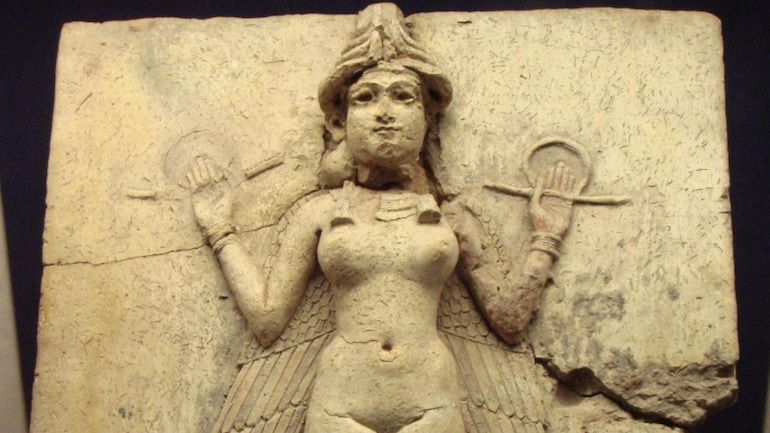
The makeup habits of ancient Mesopotamians aren’t quite as well-known as, say, the ancient Egyptians, but it doesn’t mean they didn’t wear makeup. In fact, the women were known to use eyeliner, eye shadow, lip coloring and even cheek coloring. Mesopotamian women were known for their beauty, similarly to the ancient Egyptian women. That said, the importance of makeup for the Mesopotamians weren’t nearly as prominent as in Egypt.
In the latter, even the men would wear eye makeup as it was known to protect them from the Evil Eye. In Mesopotamia, it’s treated largely as it’s treated now—a means to enhance the face. Only high society really cared enough about makeup to use them constantly, which is understandable considering the living conditions of the ancient world.
Skin Tone

The skin tone of Mesopotamia was not so different to the skin tone of modern Iraq. You can’t really escape the Iraqi sun, and so most of the people living during that time had brown or dark skin. While not nearly as dark as the Africans, the Mesopotamians had brown skin due to the overall climate. That said, there are quite a few differences depending on the time frame due to the foreign conquerors.
Whether it was Arab, Turkish or Persian, there were a few differences in skin tone, but it never quite strayed from the typical brown color. Even those with fairer skin would eventually form a tan due to the sun.
Dressing Habits
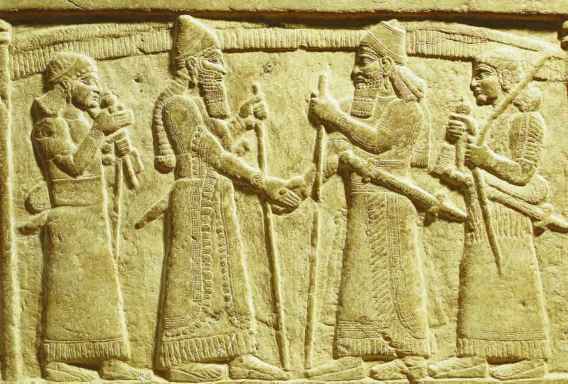
The dressing habits of the ancient Mesopotamians—like most ancient civilizations—depended heavily on social status. However, the Mesopotamians were a little luckier than most, especially during the rule of the Persians. Even the clothing of the average Mesopotamian was colorful during that era, and they enjoyed wearing wool or linen cloth over a skirt.
Naturally, the kings and queens of Mesopotamia were much more extravagant, as well as most of the other families from high society. All you’d have to do is look into the many depictions of great Babylon to see just how vibrant and colorful their dresses were. While the Mesopotamians were known for their warmaking, they were also known for their extravagance.